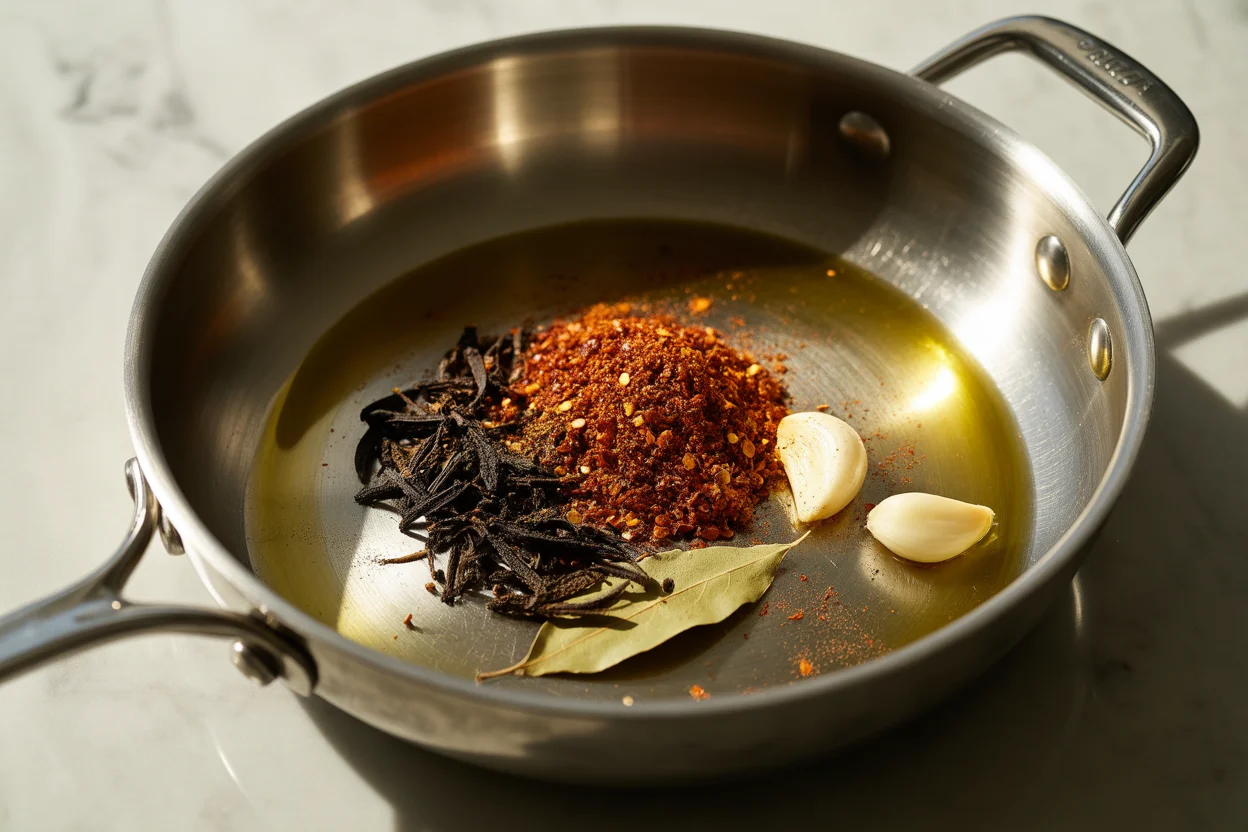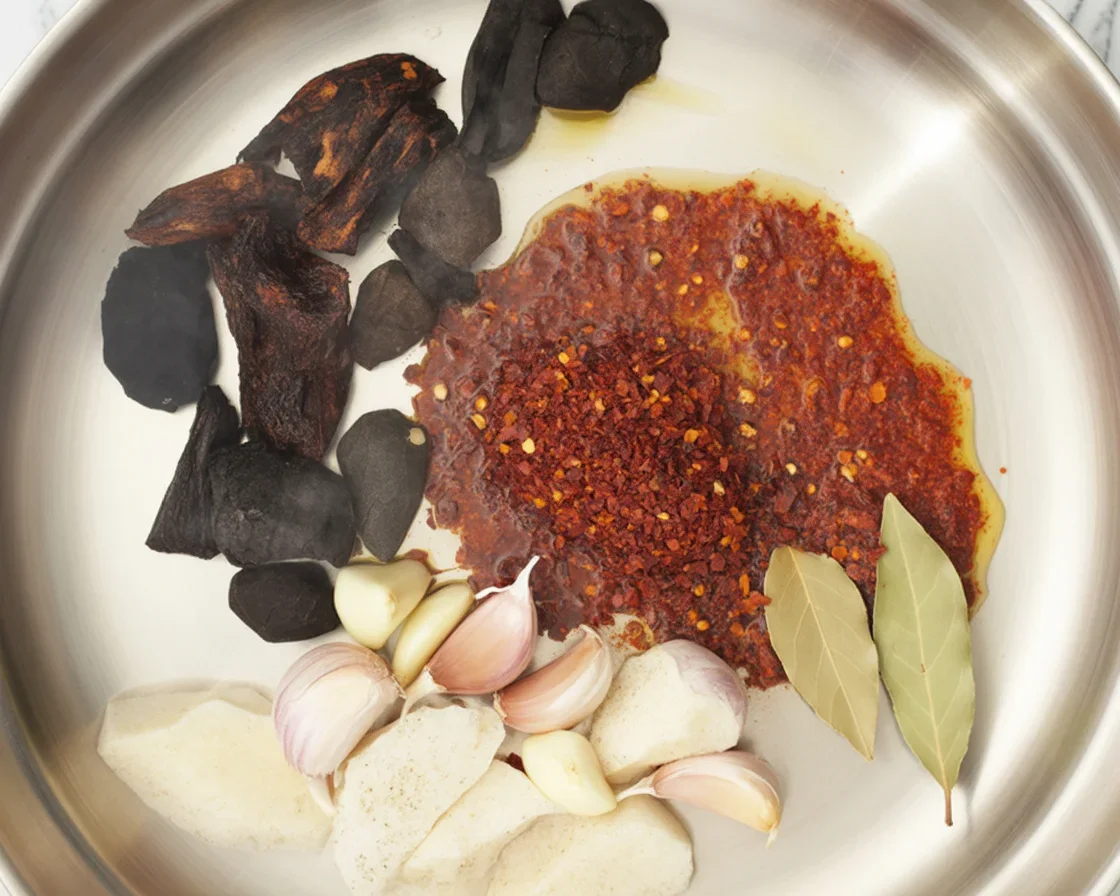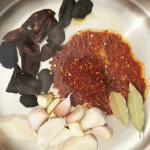So, you ever open up a filipino glossary food blog and think, “Whoa, what does any of this even mean?” I totally get it. You’re scrolling for that killer chicken adobo recipe and bam—out pop words like “salabat” or “gata.” It’s honestly a little intimidating. Don’t worry, you’re not alone. Most U.S. readers (and a couple of my friends too, can’t lie) get lost in a jungle of unfamiliar names. Good news: once you’ve got the basics, it’s all sunshine and delicious from here. By the way, if you want to dive into more Filipino goodness, check out our guide to dining in the Philippines or learn about how to cook authentic Lechon at home. 
Glossary Table
Nothing fancy here, just a handy line up of top filipino food terms you’ll actually see in real recipes. I picked these because you’ll notice them on menus, cookbooks, or when your friend brings you to their Lola’s house. To keep this from feeling like a boring dictionary (bleh!), I’ll just drop the main words in the table—then explain everything in normal human English below. Just you and me.
| Term | Quick Explanation |
|————-|———————–|
| Adobo | Vinegar-soy braised dish |
| Sinigang | Sour soup, usually tamarind |
| Gata | Coconut milk |
| Pancit | Noodles (variety of types) |
| Lechon | Roasted whole pig |
| Kare-Kare | Peanut butter stew |
| Lumpia | Filipino spring rolls |
| Bagoong | Fermented shrimp paste |
| Tocino | Sweet cured pork |
| Halo-halo | Shaved ice dessert |
Definitions
Look, you could probably find formal definitions elsewhere, but who even talks like that? Here’s how I actually use these words when chatting with friends.
Adobo isn’t just the national dish. It’s a visit to my auntie’s house, that punchy tang from soy and vinegar smacking my nose right as I hang up my jacket. Lechon—that’s usually reserved for grand parties. Shiny, crispy on the outside, and so extra it almost feels illegal. Pancit covers a whole family of noodles, not just one type. I once embarrassed myself at a party arguing about this.
Gata means coconut milk. Sweet and creamy. Real life-saver if you’re out of regular milk, actually. Kare-Kare has peanut butter in stew form, which was the kind of thing that sounded wild until I tried it. Bagoong? Smelly but glorious. You either love it or you… uh, need time.
And halo-halo? It’s chaos in a cup. Seriously, everything but the kitchen sink, but cold and super sweet. My nieces go nuts for it every summer.
I always thought Filipino food was complicated. Turns out, you just need a little cheat sheet and suddenly you’re throwing down sinigang like you grew up in Manila! – Amy, first-time home cook
Usage
Okay, real talk now. These terms pop up everywhere. That old recipe? Probably has “gata” or “adobo” in it. Filipino restaurants in the U.S. are all over these basics.
Some terms are interchangeable. Like, there’s pancit bihon (thin noodles) or pancit canton (the fat ones). At parties, you’ll spot a big platter of lumpia next to some rice. Nobody is mad about that, ever. You might even impress someone when you correctly pronounce “bagoong” at a dinner, trust me, Filipinos love it when you know your stuff.
Lechon, though, is for special events. Birthdays, weddings, baptisms (even that time my cousin’s kid got his first tooth — wild, but hey, any reason to celebrate). Soup with tamarind, or “sinigang”, is what you crave on rainy days. I could go on, but you get my drift. Basically, get comfy with these words and you’ll read any Filipino menu like a pro.
Accessibility
I’m not gonna sugarcoat it—finding some of these ingredients can be tricky, but not impossible. Asian groceries are everywhere now, and even regular supermarkets carry coconut milk and pancit noodles sometimes (score). If you live way out in the country, you might have to get a little crafty and swap things out.
Want to try making kare-kare but can’t find bagoong? Grab some anchovy paste or fish sauce. Gata? Even the canned stuff works in a pinch (no one at my last potluck even noticed). I tell people: don’t stress. Filipino dishes are built for flexibility. Use what’s real and reachable. If you’re missing something, hey, that’s just your own twist.
- Quick tips for getting started:
- Look for Asian markets nearby—they’re a goldmine for Filipino essentials.
- Don’t let one tricky word stop you. Substitute. Experiment (that’s part of the fun).
- Ask Filipino friends what shortcuts they take—you’ll learn fast!
- If all else fails, there’s always the internet for specialty shops.

If you caught yourself enchanted by achuete or want the 411 on achuete oil, A is for Achuete and How to Make Achuete Oil | Junblog has what you need. Still hungry to geek out? Swing by this comprehensive Glossary of Filipino Cooking Techniques — Fil-Am Voice and pick up the lingo for your next kitchen adventure. Once you start understanding these Filipino food terms, the magic—and the flavor—really opens up for you. Go wild, try something new, and embrace a little mess in the kitchen. That’s honestly how the best stories (and recipes) are made.
Filipino Food Glossary
Ingredients
Filipino Food Terms
- Adobo - Vinegar-soy braised dish National dish of the Philippines.
- Sinigang - Sour soup, usually tamarind Popular comfort food, especially in rainy weather.
- Gata - Coconut milk Used in various dishes, can be substituted.
- Pancit - Noodles (variety of types) Covers various noodle dishes.
- Lechon - Roasted whole pig Typically served at special occasions.
- Kare-Kare - Peanut butter stew Unique Filipino stew with peanut flavor.
- Lumpia - Filipino spring rolls Popular appetizer at gatherings.
- Bagoong - Fermented shrimp paste Strong flavor used in various dishes.
- Tocino - Sweet cured pork Common breakfast dish.
- Halo-halo - Shaved ice dessert A refreshing dessert with multiple ingredients.
Instructions
Using the Glossary
- Familiarize yourself with the terms listed to better understand Filipino recipes and menus.
- Feel free to substitute ingredients based on availability as Filipinos often use flexible approaches in cooking.
- Ask Filipino friends for tips on using these ingredients for the best results.

